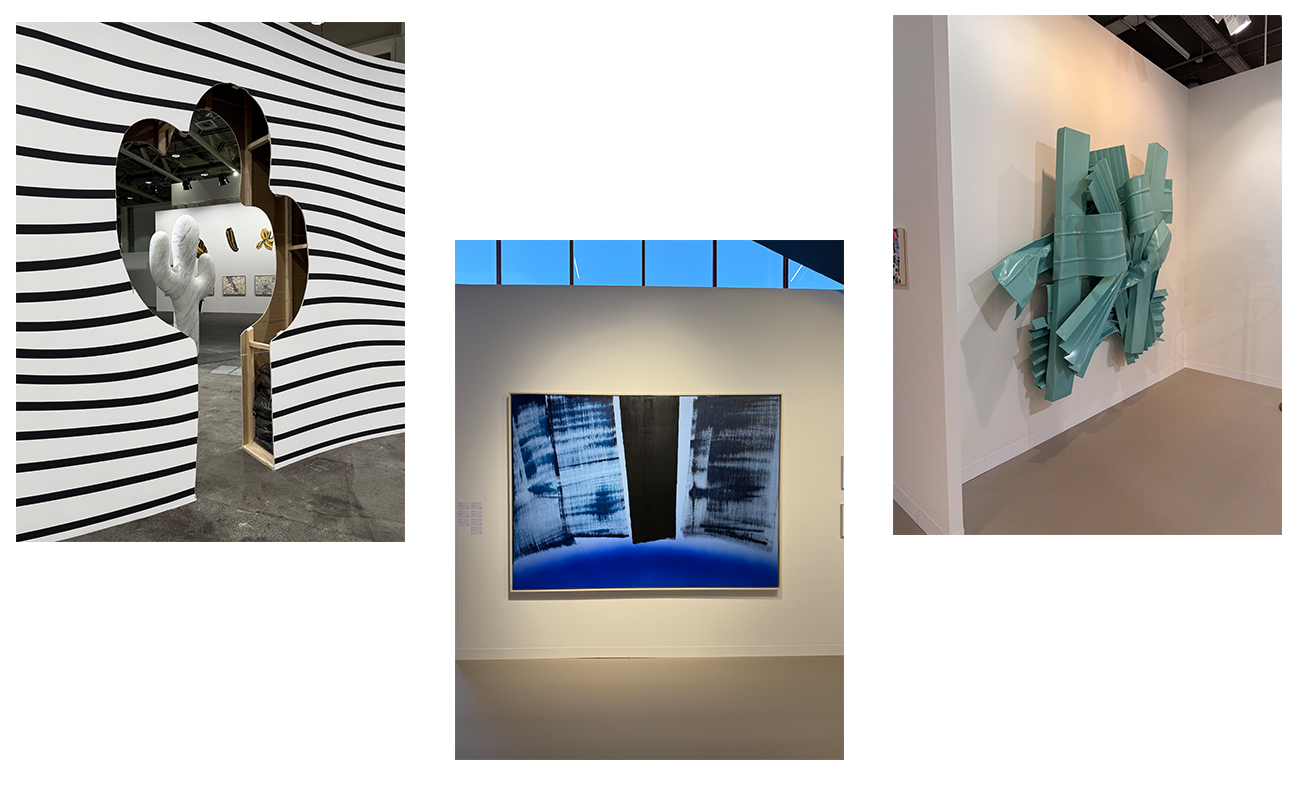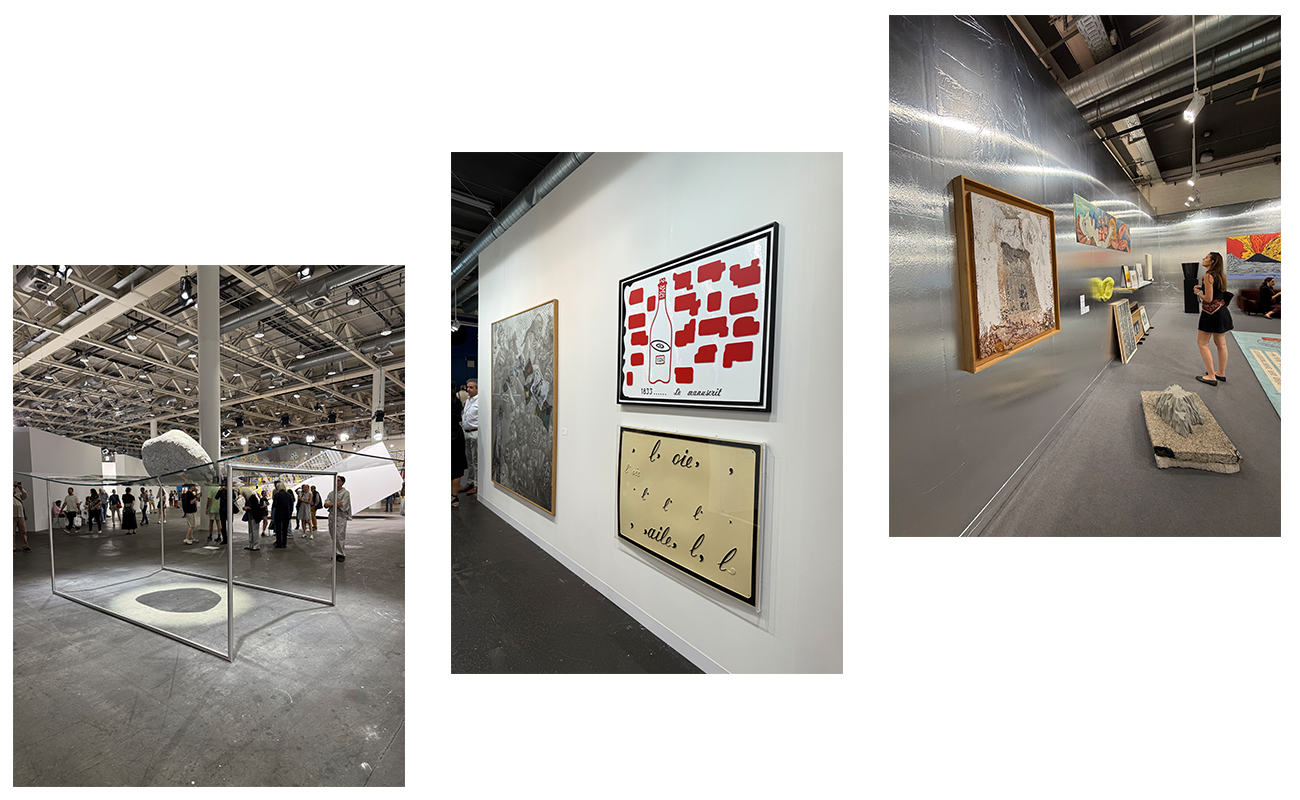Reflections from Art Basel
Bethany Woolfall shares her thoughts on a more considered, recalibrated art market in Basel this year.

Bethany Woolfall shares her thoughts on a more considered, recalibrated art market in Basel this year.
It felt like a fair sitting at the crossroads. A lot of the bigger gallery clients I spoke with said sales were actually stronger than expected - especially on the higher-value pieces, many of which moved early, even before the fair officially opened. But there was a sense that everything was a little more considered. It wasn’t the rush we sometimes see. People were definitely taking their time.
That really aligns with what others were saying too—that we’re firmly in a “buyer’s market.” Collectors have more negotiating power right now, and while many of the asking prices remain high, deals are being closed at around 20–30% below those prices. It’s less about urgency and more about strategy. There’s a growing trend of flexibility in pricing, even if no one wants to admit it openly (especially not in Switzerland. But those conversations are happening.)
The fair’s rhythm felt familiar: strong buzz early in the week, a noticeably quieter Wednesday with less footfall than usual, and then a lively weekend as the public came through. But again, most of the business happened in those early days. People were showing up informed, knowing what they wanted, or at least what they were looking for.
There’s also this ongoing recalibration in the market. We had the post-COVID boom, and now the energy is shifting into something more balanced - less frothy, but still active. Some even described it as a “paradigmatic shift,” where galleries have to adapt not just tactically, but structurally. That was clear in the way stands were curated - more focus on established artists, estates, and historical works with real depth.
But demand for younger artists is still alive, especially those who’ve weathered the turbulence of the past few years. It was interesting to see works by artists like Lauren Quin or Lonnie Holley being snapped up, often at price points under $75,000. It shows there’s appetite—but it’s got to feel smart, relevant, and appropriately priced.

Something else that stood out was the shifting collector demographic. More younger collectors, sometimes as young as 18–25, were around, often there with family members, yes - but genuinely curious and engaged. That younger energy is starting to influence how galleries position and communicate, especially to newer audiences.
Outside the fair itself, the alternative scene really felt alive this year. Basel Social Club and Africa Basel brought a very different kind of energy—more communal, more experimental, and a bit less polished, in a good way. These off-site events helped round out the week and offered a more inclusive counterpoint to the Messe. And I think in some ways, they spoke more directly to what’s emerging in the market: an interest in overlooked artists, diverse perspectives, and works that carry substance, not just hype.

In short: Basel 2025 felt like a fair navigating change, and doing it quite successfully. The mood may be more cautious, but the deals are still happening, and the players who are adapting are the ones winning.
Bethany Woolfall, VP of Customers
Arcarta is a Due Diligence platform for the art market and is used by over 400 Art businesses internationally.
To learn more or get in touch please use the Contact page.